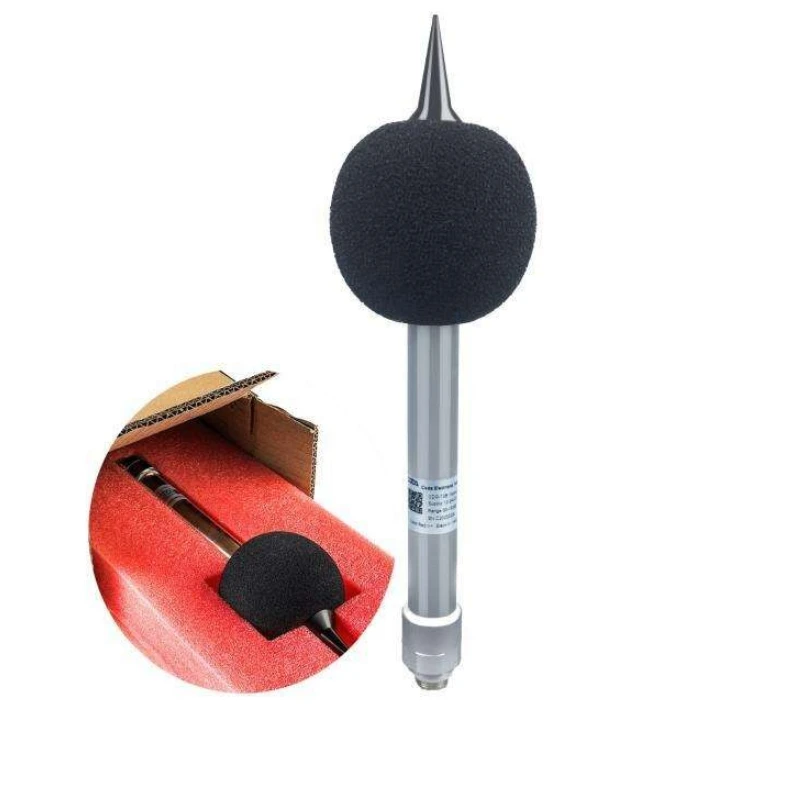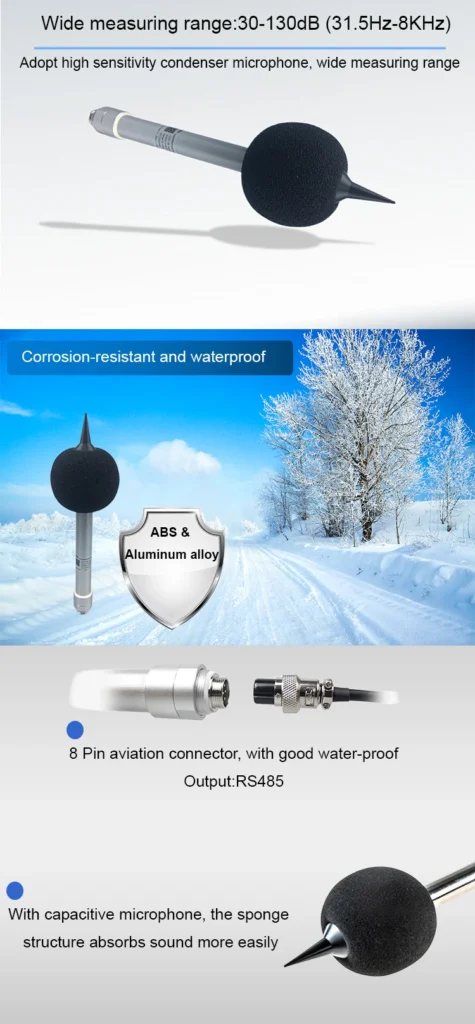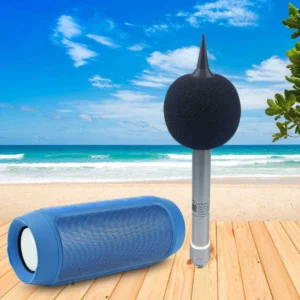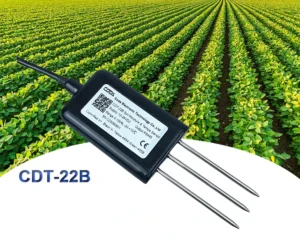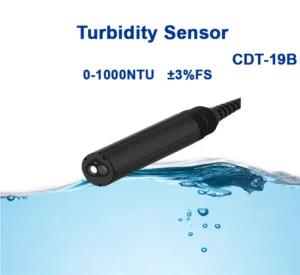How do noise sensors work? & sensor noise
Noise sound detector sensors are devices that find and measure noise levels around us. They are used in many places, like factories, construction sites, environmental monitoring, and personal health tracking. Here’s a simple explanation of how these sensors work:
1. Sound Detection and Reception:
Noise detector sensors find sound waves. These waves are vibrations that travel through air molecules. Microphones or piezoelectric sensors pick up these waves. When sound waves hit the sensor, the sensing part vibrates in response to the changes.
2. Signal Conversion:
Different transducers change sound waves into electrical signals. Each one uses a slightly different method.
– **2.1. Microphone Noise Transducers:**
Condenser or electret microphones have a diaphragm and an electret film that reacts to sound. When sound waves hit the film, it moves.
This movement changes the distance between the capacitor’s poles and alters its capacitance. The charge on the electret stays the same. This change creates an electrical signal.
– **2.2. Capacitance-Based Microphones:**
These microphones work like the human ear. When sound waves hit the diaphragm, they change sound pressure. This change creates shifts in capacitance.
These changes create an electrical signal. We then make this signal levels stronger for processing and analysis.
– **2.3. Piezoelectric Transducers:**
These sensors use the piezoelectric effect. They have materials that generate an electrical charge when pressure or sound waves hit them. This process changes the charge into an electrical signal that can be analyzed.
– **2.4. MEMS Sensors (Micro-Electro-Mechanical Systems):**
MEMS noise sensors use small capacitors or piezoelectric materials. These parts change a little when they sense sound. These changes create electrical signals for precise measurement.
– **2.5. Surface Acoustic Wave (SAW) Sensors:**
SAW sensors send sound waves along their surface. When the sound hits the surface, it makes an electrical signal. Researchers can study this signal to find noise.
3. Signal Processing:
Once the noise detection sensor changes sound into electrical signals, internal circuits handle this data. This stage strengthens and cleans the signals. This makes measurements more accurate. It also cuts down interference and unwanted noise from other frequencies.
4. Data Analysis and Output:
Researchers study the processed signals to find details like noise level and frequency. The system shows this data as digital or analog output. You can display this output on the sensor or send it to other devices. These devices can be smartphones or computers for more analysis.
5. Measurement and Interpretation:
A digital processor measures noise levels in decibels (dB). The results can show on a built-in screen or on other devices. It can also connect to control systems using wireless communication.
6. Environmental Adaptability:
Advanced noise sensors change based on different conditions like temperature and humidity. This helps them stay accurate and stable in various situations.
Applications of Noise Sensors
Noise sensors are used in many fields. These include urban planning, industry, transportation, smart homes, and healthcare. Two more fields—agriculture and aerospace—show how versatile these devices can be.
As global issues like food security and space exploration grow, noise sensors are becoming important tools. They help in their roles and are useful in many industries.
1. Agriculture: Protecting Crops and Optimizing Farming Practices
Agricultural ecosystems depend on small sounds to stay healthy. Noise sensors are now used to watch over and protect these areas. A key use is to find pests and diseases in crops.
For example, some insect infestations make quiet sounds. This includes corn rootworm larvae that eat plant roots and aphids that pierce leaves. These sounds are too low for humans to hear. Noise sensors, along with sensitive microphones and AI sound analysis, can pick up these faint vibrations.
Farmers receive alerts right away when pests invade their crops. This helps them focus on certain areas with pesticides. They can choose not to use chemicals all the time. This is good for the planet and helps you save money.
Another way farming is used is to check the health of livestock. Noise sensors in barns or fields listen to sounds from animals like cows, pigs, and chickens.
Changes in sound patterns can alert farmers. For example, if dairy cows are less vocal, it may mean they are sick. Increased agitation in poultry can show stress from overcrowding or bad temperatures.
This active monitoring helps stop the spread of diseases. It also helps animal welfare and keeps livestock productivity stable. In large pig farms, sensors can pick up the unique squeals of piglets in trouble. This helps caregivers act fast and lower death rates.
2. Aerospace: Ensuring Safety in Flight and Space Missions
The aerospace industry needs high precision and reliability. Noise sensors play a key role in keeping aviation safe and aiding space exploration.
In commercial and military planes, noise sensors are added to engine and airframe systems. They help keep track of how well machines are working. Jet engines make complex sounds. Even small changes, like a faint rattling from a loose part or a change in turbine noise, can indicate possible failures.
Sensors in the engine nacelles or on the aircraft’s body keep recording these sounds. AI algorithms look at real-time data and compare it to normal noise patterns. If they find anything unusual, the system alerts pilots or ground maintenance teams.
This early warning system stops in-flight breakdowns. It also cuts maintenance downtime and helps aircraft parts last longer. In military jets, sensors check the noise of afterburners.
This helps find fuel flow problems. If these issues are not fixed, they can cause engine flameouts.
3. Refresher: Key Applications from Urban to Healthcare (With Technical Enhancements)
To understand these new sectors, we should look back at core applications with updated technical details.
Urban Environmental Monitoring:
Modern sensor networks, like London’s NoiseMap and Singapore’s Environmental Noise Monitoring System, use 5G. This technology helps to send data in real time. It helps respond faster to loud noise sources, like sudden construction sounds at night.
Industrial Predictive Maintenance:
New sensors can now measure how loud sounds are and their frequency. This helps them tell the difference between a small belt squeak in a conveyor system and a serious bearing failure. This helps lower false alarms.
Smart Homes:
New noise sensors in smart devices like Google Home or Apple HomePod can find the source of sounds. For example, they can hear if a baby is crying in the nursery.
They can also tell if the TV is on in the living room. This helps the devices work better. They can change the white noise machine in the baby’s room. This won’t affect anything in the other rooms.
Healthcare:
In hospitals, sensors now work with electronic health records (EHRs). If noise levels in a patient’s room get too high, the system logs this in the EHR. This helps staff see long-term noise trends and change care plans. For example, they can move a patient who is sensitive to noise to a quieter ward.
Future Outlook: Expanding Possibilities with Emerging Tech
As noise sensor technology gets better, new uses keep coming up. For example, in underwater exploration, waterproof sensors pick up sounds from marine life, like whale songs. This helps us learn about ocean ecosystems.
They also monitor underwater construction, such as laying pipelines, to reduce harm to aquatic habitats. In preserving cultural heritage, we use sensors in old buildings.
These buildings are cathedrals and old temples. The sensors track noise from tourism and nearby construction. This helps stop damage from vibrations that last a long time.
The use of noise sensors with edge computing will improve their usefulness. In remote farming areas with poor internet, these sensors can analyze sound data on-site.
They will send alerts that are important to farmers. In space, edge computing will lessen the need for slow communication with Earth. This will help spacecraft react more quickly to noise problems.
In summary
Noise sensors work by picking up sound vibrations. They change these vibrations into electrical signals. Then, they analyze the signals to find useful information.
Their ability to measure noise levels accurately is very important. They are needed in several areas. These include environmental monitoring, industrial control, transportation, and public health. By giving real-time feedback, noise sensors help improve quality of life, boost efficiency, and support health and safety.
